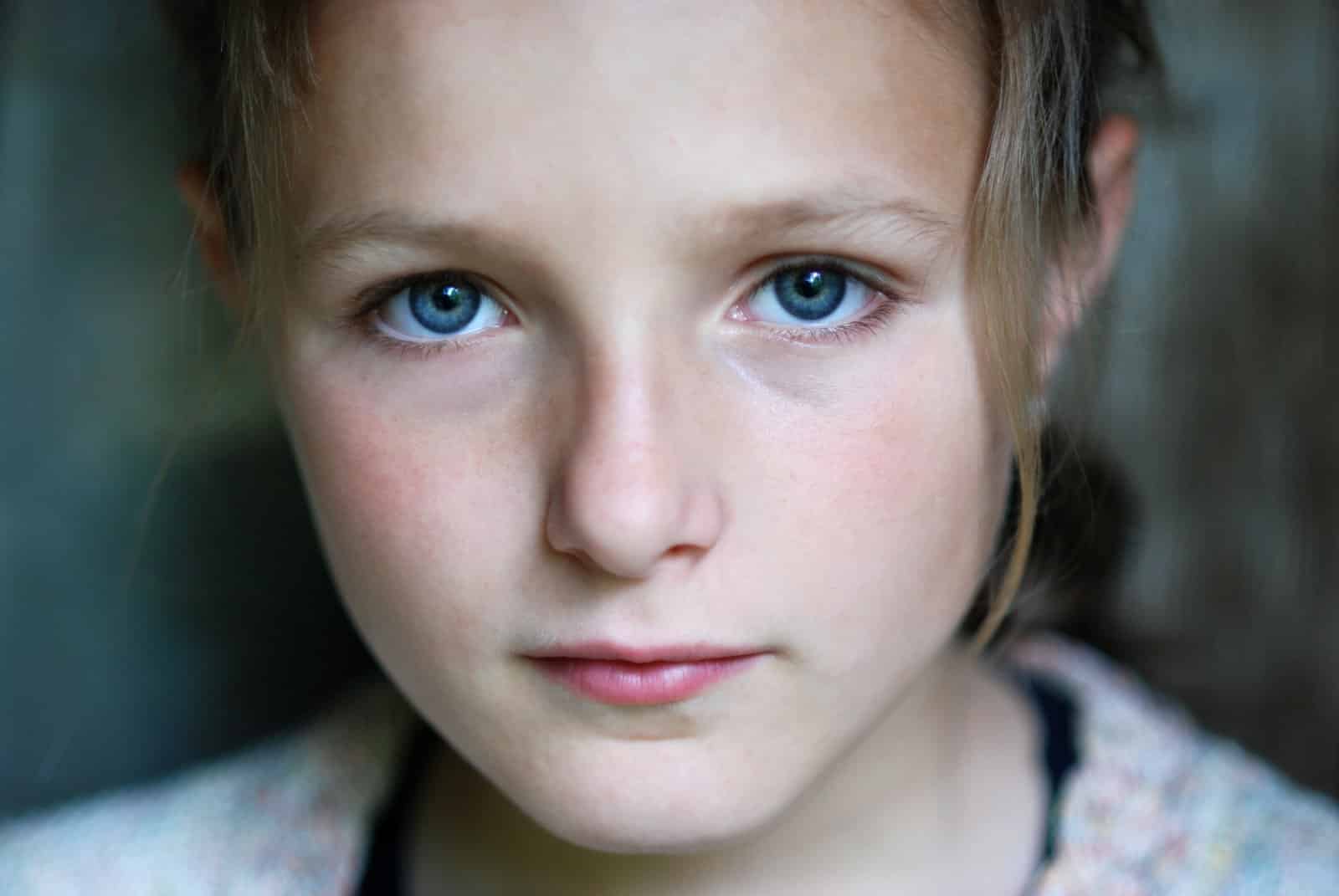A new study from the University of Groningen in the Netherlands tracked the development of adolescent gender identity over fifteen years, and conservatives are celebrating the results.
Change Over Time

A New longitudinal study from the University of Groningen in the Netherlands tracked over 2,700 children ages eleven to twenty-six to investigate how their gender identity changed over time.
Gender Non-Contentedness

The fifteen-year study aimed to understand changes in feelings of gender non-contentedness from early adolescence and how it develops into young adulthood.
Increases in Gender Dysphoria

Even though the study began fifteen years ago, its findings are now particularly relevant given a recent report by Definitive Healthcare that showed a significant rise in gender dysphoria diagnoses across the United States from 2018 to 2022,
The Survey Question

As part of the Tracking Adolescents Individual Lives Survey, the study participants were given a yearly survey with a statement saying, “I wish to be of the opposite sex.”
A Range of Answers

Once given the survey, the participants were asked to respond using a range of provided answers that went from “0-Not True” to “2-Very True or Often True” to track the development of their gender identity.
11% of 11-Year-Olds

At the beginning of the study, when the eleven-year-olds were asked if they wished to be the opposite gender, only about eleven percent of children showed signs of gender non-contentedness.
The Results

Throughout the study, about 78% of participants reported that their feelings about their gender remained stable throughout their adolescence, with 19% actually becoming more content with their gender as they matured.
The Remaining 2%

After 78% of participants felt their gender contentedness remained the same and 19% became more content with their gender, that leaves just 2% of the 2,700 children actually becoming more uncomfortable with their gender as they age.
4% Feelings

By the time the study was concluded with participants at ages twenty-five and twenty-six, only 4% of participants reported often or sometimes feeling discontent with their gender.
Common Feelings for the Young

When looking at the data over time, Gender non-contentedness was most common among the participants when they were between ages 10 and 12 and was significantly higher in girls than in boys at ages 13 and 16.
An Association With Low Self-Esteem

The study results also show that there is an association between participants showing high gender non-contentedness, struggling with lower self-esteem, and problems with their behavior and emotions.
Compared to Their Peers

The participants who felt both increasing and decreasing gender non-contentedness over the course of the study typically had lower self-worth at age 11 than their peers without such feelings.
Non-Heterosexual Orientations

The study also assessed participants’ preferred sexual orientation when they were twenty-two and found non-heterosexual orientations were more common among those with fluctuating gender non-contentedness.
Common Fluctuations

Ultimately, the findings from the study suggest that fluctuations in gender identity during adolescence are relatively common and part of the normal developmental process for many children.
Bringing Comfort to Children

From the study’s conclusions, the researchers from the University of Groningen hoped that the results could help comfort children, knowing that gender non-contentedness was perfectly normal at a younger age.
Normal Doubts

The researchers said, “The results of the current study might help adolescents to realise that it is normal to have some doubts about one’s identity and one’s gender identity during this age period and that this is also relatively common.”
Discrediting Gender-Affirming Care

However, many conservatives have quickly taken the study’s findings and began using them to discredit gender-affirming care for children.
A More Conservative Approach

One such conservative voice is Patrick Brown of the Ethics and Public Policy Center, who argues that the data supports a more conservative approach to medical interventions for transgender youth.
Conservative Skepticism

Brown said, “This study provides even more reason to be skeptical towards aggressive steps to facilitate gender transition in childhood and adolescence.”
Lower Just a Few Years Later

Brown then went on to say, “The fact that rates of satisfaction are lower even just a few years later suggests that for the vast majority of people, prudence and caution, rather than a rush towards permanent surgeries or hormone therapies, will be the best approach for teenagers struggling to make sense of the world and their place in it.”
The post Childhood Gender-Dysphoria: Conservatives Celebrate Findings of New Study first appeared on Pulse of Pride.
Featured Image Credit: Shutterstock / SERGEI BRIK.

